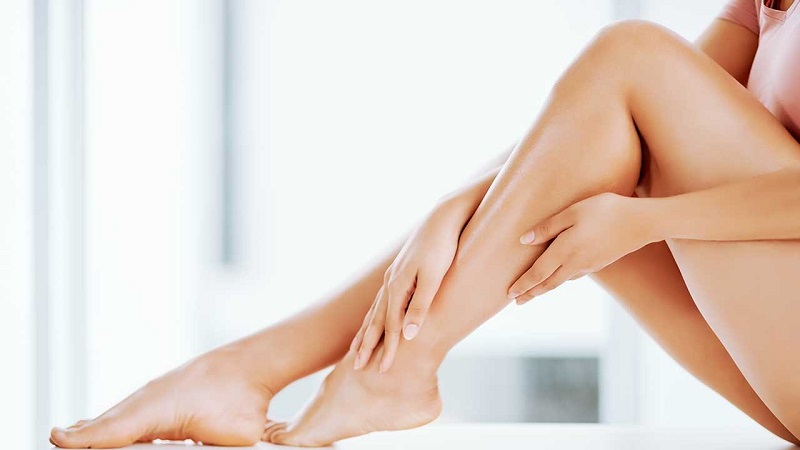Fake tan has come a long way since orange palms and streaky ankles (well for most people!) but is our desire for the year-round ultimate sun-free tan actually safe?
The most common ingredient in fake tanners is called dihydroxyacetone (DHA) which is a colour additive that binds to dead skin cells and changes the colour of the skin. As the dead skin cells come off, so does the fake tan.
DHA is regulated as a safe chemical as long as it only touches the skin. It is when ingested that it can be harmful. A study at the School of Public Health and Health Services at George Washington University, USA showed that DHA may cause mutations or changes to the DNA structure in our living cells. The current concerns are not so much the chemical reaction on the skin when ‘tanning’ but if the DHA from the tanning product is ingested how this could affect our lungs and other organs. So, if you’re faking it at the salon, you may be breathing in DHA through your nose and mouth.
The Food and Drug Administration (FDA) in the USA has approved DHA in traditional self-tanning creams and lotions but states that sprays containing DHA have not been approved, due to a lack of data confirming their safety. These recommendations echo a report in 2010 from the Danish Toxicology Centre, which advised using nose filters and eye protection in tanning booths.
However according to the European Commission’s independent scientific committee, which oversees the safety of cosmetic ingredients in Europe, believe that DHA is safe to use in cosmetic products.
As for Australia? There isn’t much local research data available about the use of DHA. The Therapeutic Goods Administration (TGA) states that DHA is approved for topical use only. The Cancer Council position is that “DHA is considered safe for topical application on the skin however there is currently no research available regarding safety of exposure to DHA “to the area of the eye, the lips, mucous membranes, or internal organs via ingestion or inhalation”.
Whatever camp you sit in here are the Top 7 Fake Tanning Safety Tips:
1. Always carry out a skin patch test before covering your body with tanner to check for any allergic reactions
2. Avoid salon sprays and choose creams, foams or gels which, when dispensed, do not produce aerosol droplets which can be inhaled.
3. Always apply fake tan in a well ventilated area.
4. Always use sun protection as fake tan only colours the skin’s surface and offers no UV protection.
5. Avoid going out in the sun 24 hours after tan application as studies have found that skin covered in DHA had 180% MORE free radical damage from sun than untanned skin.
6. Look for certified organic tanning products which contain natural ingredients and no toxic chemicals.
7. If you MUST have a spray tan ALWAYS protect your eyes, mouth and nose and do not inhale the spray.
Better yet why not embrace our paleness as it seems our pursuit for a ‘healthy glow’ isn’t really that healthy after all!
We recommend the following natural self tanning products which are in cream or lotion form: Eco Tan, Uni Organics, Wotnot and MooGoo. These companies use natural DHA from plant based ingredients such as sugar beets. If you want a summer glow without the DHA try Aussie Bronze. This is a Newcastle made plant-based bronzer which is DHA and toxin free that can be applied on the skin for an instant tan and then simply washes off in the shower!
Whether you are for or against fake tanners the best way you can look after your skin and ultimately your overall health is to keep informed and always read the labels on any skincare product before you buy it.

